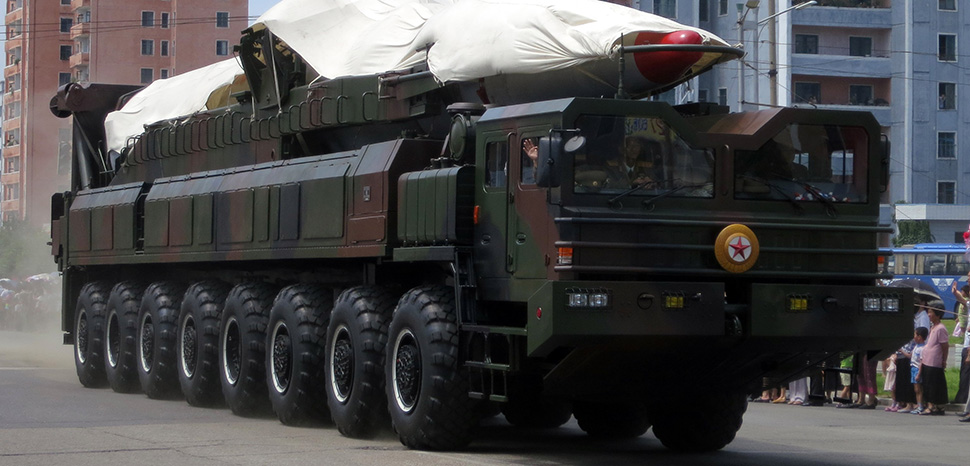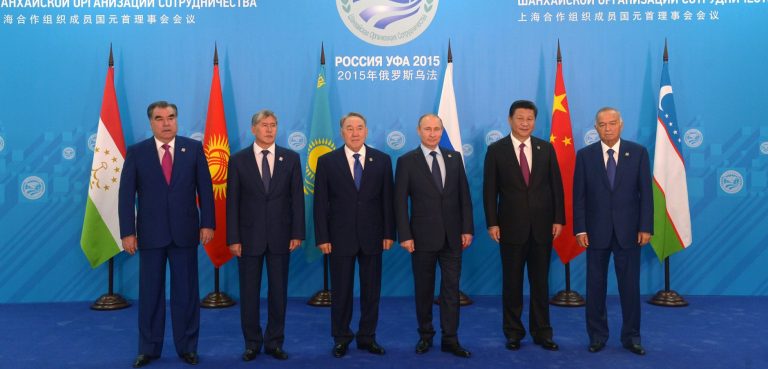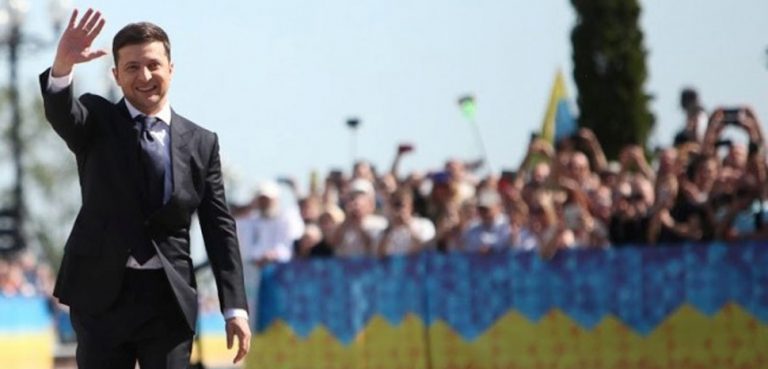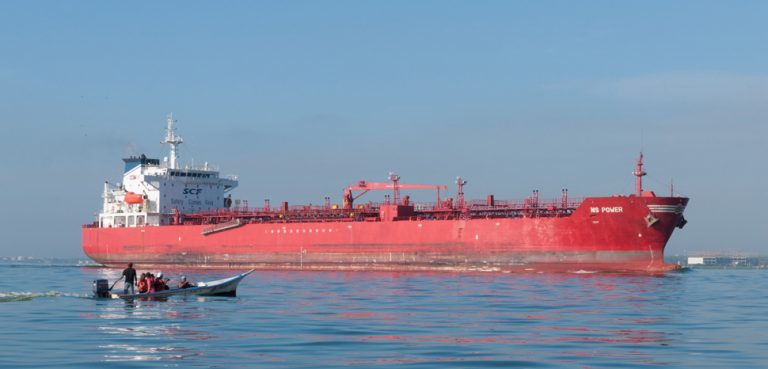https://commons.wikimedia.org/wiki/File:North_Korea%27s_ballistic_missile_-_North_Korea_Victory_Day-2013_01.jpgThroughout 2022, the Korean peninsula witnessed persistent increase in tensions because of Pyongyang’s unprecedented spree of missile testing and South Korea’s large-scale retaliatory joint military exercises with the United States. Thus far 2023 has been much the same. Within just three hours into the new year, North Korea tested super-large multiple rocket launchers to send a clear and loud message to the outside world about its intentions to keep expanding its nuclear and missile development program in the coming days. Within the next 24 hours, North Korean leader Kim Jong Un, in the strategic meeting of his party for 2023, further confirmed this by ordering an “exponential” increase in North Korea’s nuclear arsenal, including mass production of tactical nuclear weapons and the development of new missiles for nuclear counterstrikes.
“They are now keen on isolating and stifling (North Korea), unprecedented in human history. The prevailing situation calls for redoubled efforts to overwhelmingly beef up the military muscle,” said Kim in response to what he called US and South Korean hostility. Claiming that Washington and Seoul were trying to smother and isolate North Korea, Kim urged his core party leadership to focus on the “mass-production of tactical nuclear weapons” and develop “another ICBM (intercontinental ballistic missile) system whose main mission is quick nuclear counterstrike.” This highly belligerent stance from Kim at the start of new year also indicates that he is undeterred by any changes in the global power equilibrium and new alignment in the wake of Russia’s invasion of Ukraine.
The previous two weeks have witnessed some unusual happenings on both sides of the Korean Peninsula. On December 26, South Korea’s military detected five North Korean drones, believed to be for reconnaissance, trespassing into its airspace – one reached as far as northern Seoul, while the other four hovered in and around Ganghwa Island off the west coast. The South Korean military responded by sending attack helicopters, but failed to take any of the drones down.
The incident created a massive uproar in South Korea and President Yoon Suk-yeol subsequently threatened to suspend a 2018 military pact signed between the two Koreas if the North violates the inter-Korean border again. Signed in 2018 by former South Korean Defense Minister Song Young-moo and his North Korean counterpart No Kwang-chol, the military pact stipulates the two sides must desist from any provocative and hostile activity that would raise tensions – including border trespassing, large-scale military exercises, and any operations for reconnaissance and field training such as firing artillery within 5 kilometers of the Armistice Line, also known as the Military Demarcation Line.
However, this deal has been violated by North Korea many times. In February 2019, soon after his frivolous summit with Donald Trump, Kim Jong Un ordered his military commanders to conduct exercises near the line and resume weapons tests. Interestingly, after the North Korean drones’ intrusion into South Korean airspace, President Yoon Suk-yeol also ordered the military to send a drone to North Korea the same day. In both cases, neither side was able to destroy the other’s drones. And according to unconfirmed reports, following the North Korean military’s failure to detect and intercept three South Korean drones, Kim has removed Pak Jong Chon, the second most powerful military official after Kim Jong Un.
2022 was one of the toughest years in recent history for the Korean peninsula: Pyongyang fired more missiles than ever before over a calendar year. In fact, nearly one-fourth of all missiles North Korea has ever tested hit the skies in 2022 alone. The year also saw Kim Jong-un publicly pronounce that North Korea has become a nuclear weapons state, and that it has no plans to reverse direction on nuclear proliferation, raising the temperature on the Korean peninsula to its highest levels since 2017, when then US President Donald Trump was threatening North Korea with “fire and fury.”
Starting with short-range missiles designed to hit South Korea, followed by mid-range ones that can reach Japan, and finally launching test flights of the advanced intercontinental ballistic missile – Hwasong 17 – which can hit the US mainland, North Korea attempted to demonstrate the complete range and scope of its missile technology in 2022. As per media reports, in addition to mass production of smaller, tactical nuclear weapons, Kim Jong Un is planning to launch a spy satellite, which he claims will be launched this spring, along with an advanced version of a solid-fueled ICBM.
Thus, 2023 will be the continuation of what Kim aggressively started in 2022. Now the question is: What prompted Kim Jong Un to go full-throttle on missile development and nuclear proliferation at this particular time?
The only plausible answer is Kim Jong Un is trying to strengthen his bargaining position vis-a-vis the US. He wants to maximize his leverage until the United States and South Korea decide to sit down with him at the negotiating table. By establishing that he has the theoretical capability to inflict mass destruction on the United States and South Korea, Kim is eager to resume the negotiations with a tangible lever to dictate his terms. Ever since the collapse of his talks with Donald Trump in 2019, Kim is deliberately refusing to resume talks with Seoul or Washington to buy time to reach a desired level of competency in missile and nuclear weapon technology. Kim will surely resort to the negotiating table eventually, but only when the North’s technological advances have been locked in and thus the potential concessions become all the more appealing.
The views expressed in this article belong to the authors alone and do not necessarily reflect those of Geopoliticalmonitor.com.




